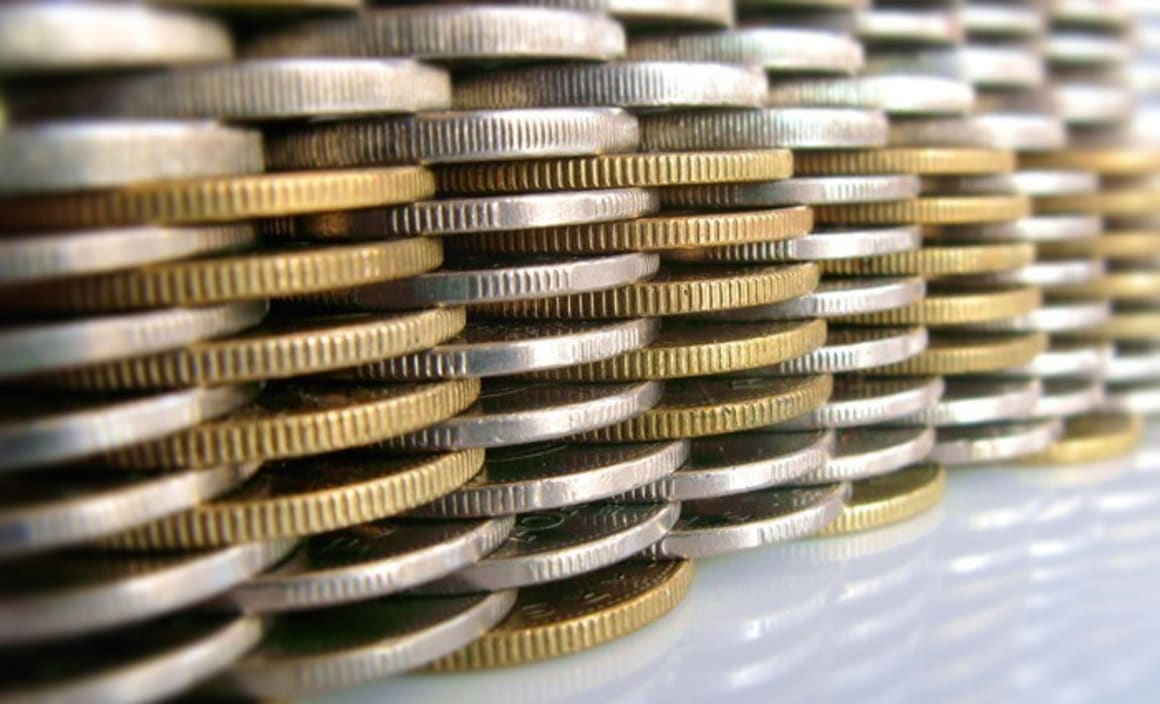Future Fund bolsters cash levels as it sees global interest rate hikes

The Future Fund is dispensing with its government bond holdings and beefing up cash levels in readiness for rising global interest rates, which its chairman Peter Costello says is “just a question of when”.
The sovereign wealth fund reported an annual return of 8.7 per cent that helped lift its assets to $133.5 billion from the initial $60.5 billion contribution 10 years ago.
But its cash weighting of more than $28 billion was once again a focus of attention.
"Markets are trying to adjust and central banks are trying to give them direction so when the adjustment comes it's not a surprise," Costello was cited as saying by The Australian Financial Review.
The fund's chief executive, David Neal, stressed that the fund's outlook had hardly changed over the year and that even though it had a large cash position, the fund in aggregate was taking risks. For instance it had risky positions in property, venture capital and high yield debt.
The fund has about 6 percent invested in property assets.
Recently, Treasurer Scott Morrison cited strong demand for low-yielding government bonds as the reason the Federal government would not draw on the fund’s assets to meet the its unfunded pension liabilities, for at least 10 years.
"We just had our 1000th bond tender earlier this week, [it was] four times oversubscribed," Morrison said at a Bloomberg Event on Thursday.
"Being able to borrow at those rates means we have made the decision not to draw down on the Future Fund – which is earning at 6 to 8 per cent," he said.
"And why would you draw down when it has that cost to your returns, when you can [borrow] at this other level, maintain the Future Fund for another 10 years to ensure your unfunded superannuation liabilities are covered off."
With nearly a decade since the GFC, Costello said central banks would try to return to normal interest rates.
"You don't stay in a state of emergency long after the storm has passed," he said.
Costello said there shouldn't be any surprises that Australians have increased their borrowings in a period of low interest rates.
"When central banks supported by governments reduce interest rates they are asking people to borrow and Australians have responded by borrowing," he said.
“But when they raise interest rates they are asking people to cut borrowing and when they start [that process] asset prices will readjust."
High debt-to-wages ratio has been worrying the RBA.
"Virtually all of our debt is in high risk investments seeking higher returns than a traditional portfolio,” Neal added.
"We have no sovereign bonds in our debt portfolios – they are in specialist investments that are trying to deliver equity like returns and when you put that together you end up with a higher cash weighting."
Neal said sovereign, or government bonds, were "expensive".
"At some point those rates will rise and even if they don't you aren't getting paid much to hold them so instead we have a cash position."
While low interest rates may be putting the Future Fund off sovereign bonds and other assets tied to long term interest rates, governments are benefiting from cheap funding. Australia's 10-year bond rate of 2.7 per cent remains well below the 20-year average of 4.90 per cent, and fell as low as 1.9 per cent in July 2016.
The fund, said it had become more liquid, which Neal said increased its "ability to reposition the portfolio in response to whatever the market throws at us".